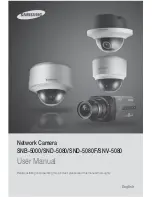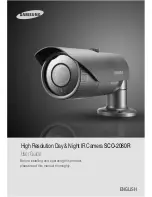
Introduction
Page 7
Detectors (zones)
Detectors are the physical devices that detect alarm conditions. A zone is the lowest-level
item within the intrusion system that can be set or unset.
Note:
Although it is possible to connect detectors in series and therefore to have more
than one detector in the same zone, it is not normal practice. Instead, there is normally
only one detector per zone and for this reason, detectors are often referred to as "zones"
within the intrusion system.
Table 1 shows the number of zones supported by each control unit.
Wired detectors
Wired detectors can connect (using standard alarm cable) to some models of control unit
(see Table 1), wired expanders, some keypads and remote power supplies.
Please refer to page 14 for details of the different wiring methods you can use for wired
detectors.
Note:
If 4-wire CC wiring is used, this may reduce the available number of zones; see
Radio detectors
Radio detectors can communicate directly to control units that have built-in radio
communications, or to radio expanders. Table 1 specifies the number of radio zones that
each control unit supports.
The following radio detectors are supported:
DET-REXT-PIR30
Perimeter detector
705REUR-00
Hand-held dual-channel transmitter
706rEUR-00
10mW tilt switch and personal attack transmitter.
710rEUR-00
Dual-button personal attack transmitter
713rEUR-00
Pet-tolerant PIR
714rEUR-00
PIR
XCELR
PIR
XCELRPT
Pet-tolerant PIR
720rEUR-00
Smoke detector
DET-RSMOKE
Smoke Detector
726rEUR-50
Long-range hand-held personal attack transmitter
726rEUR-60
Short-range hand-held personal attack transmitter
734rEUR-00
CC door contact - white
734rEUR-01
FSL door contact - white
734rEUR-05
CC door contact - brown
734rEUR-06
FSL door contact - brown
738rEUR-00
Spyder shock sensor
– white
738rEUR-04
Spyder shock sensor
– brown
DET-RDCS
Spyder shock sensor and door contact combined
















































